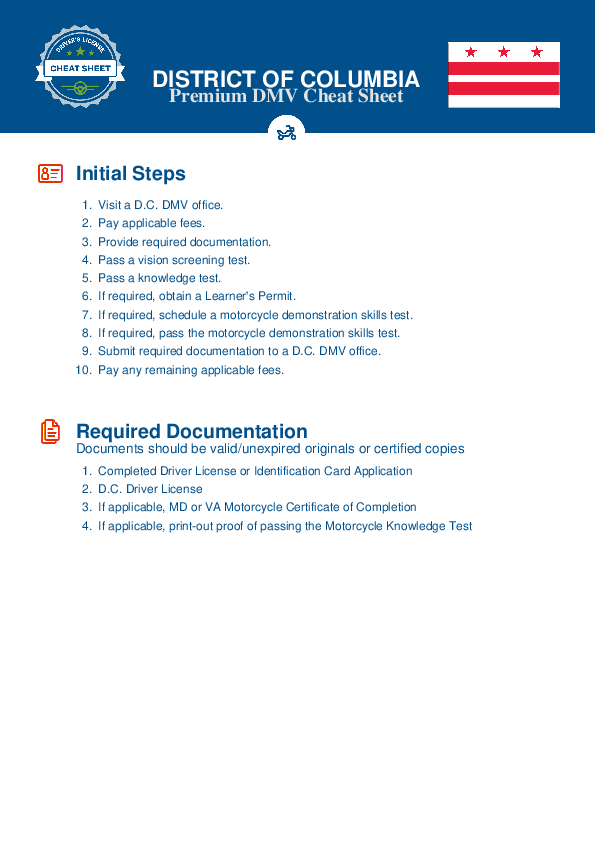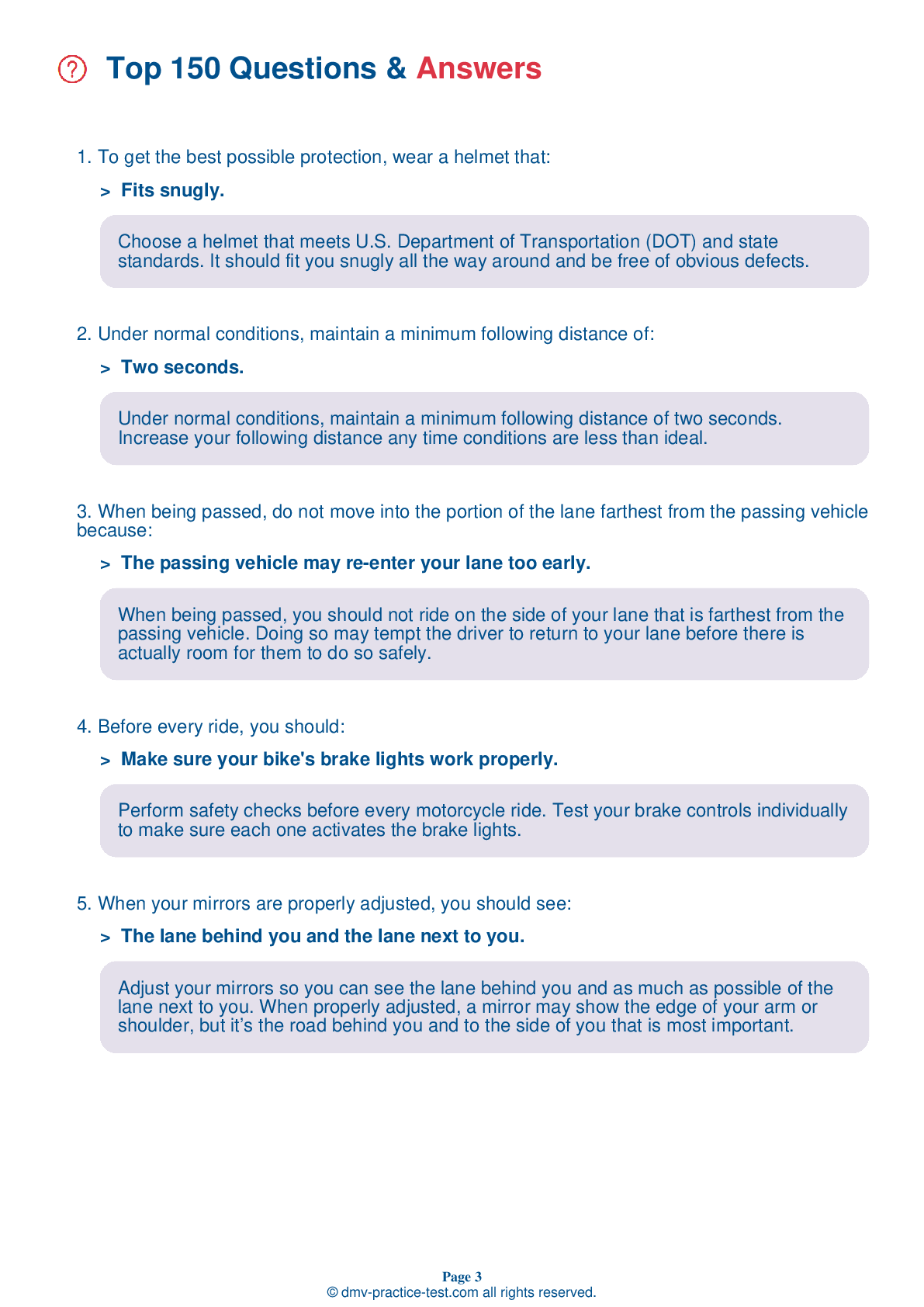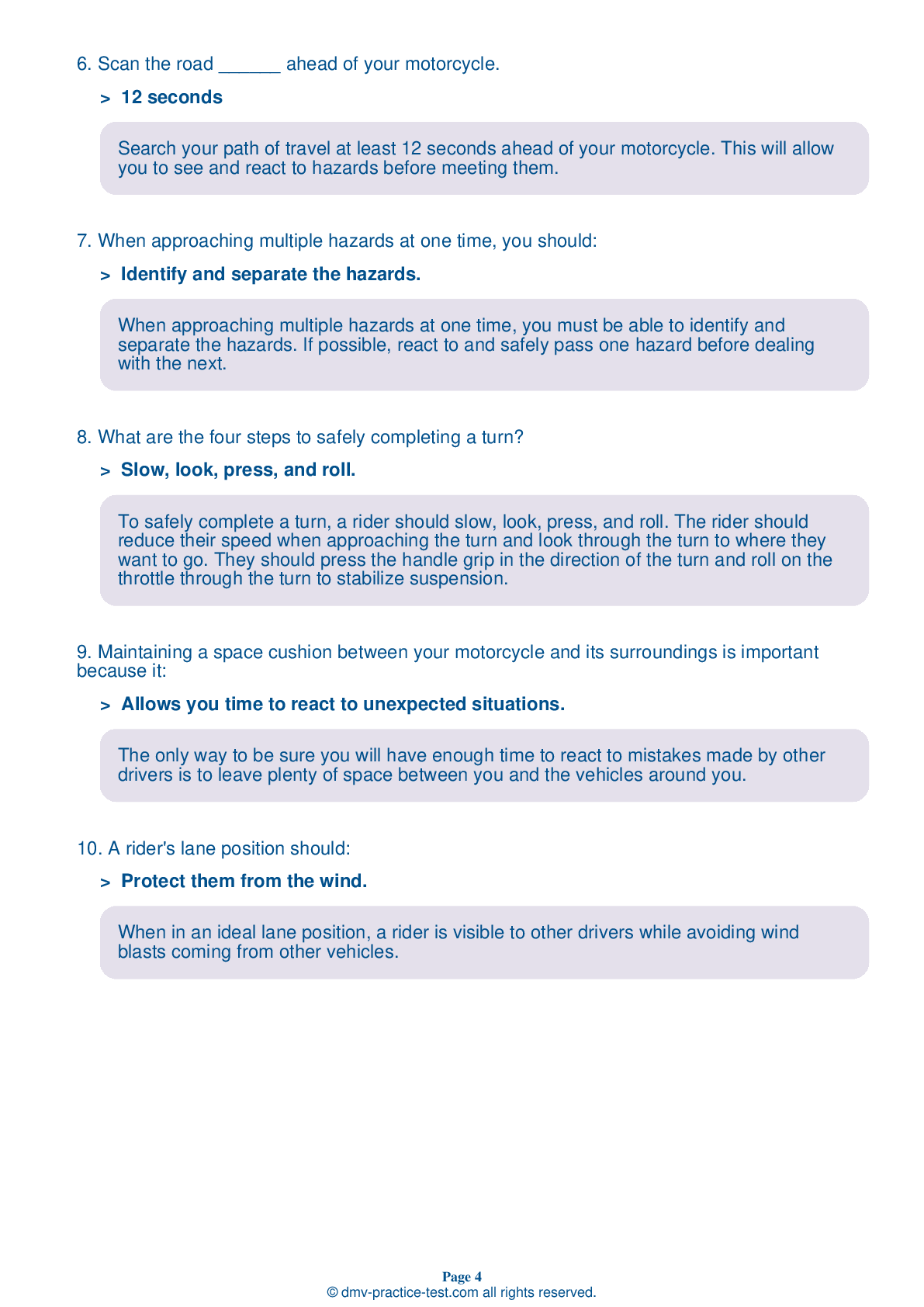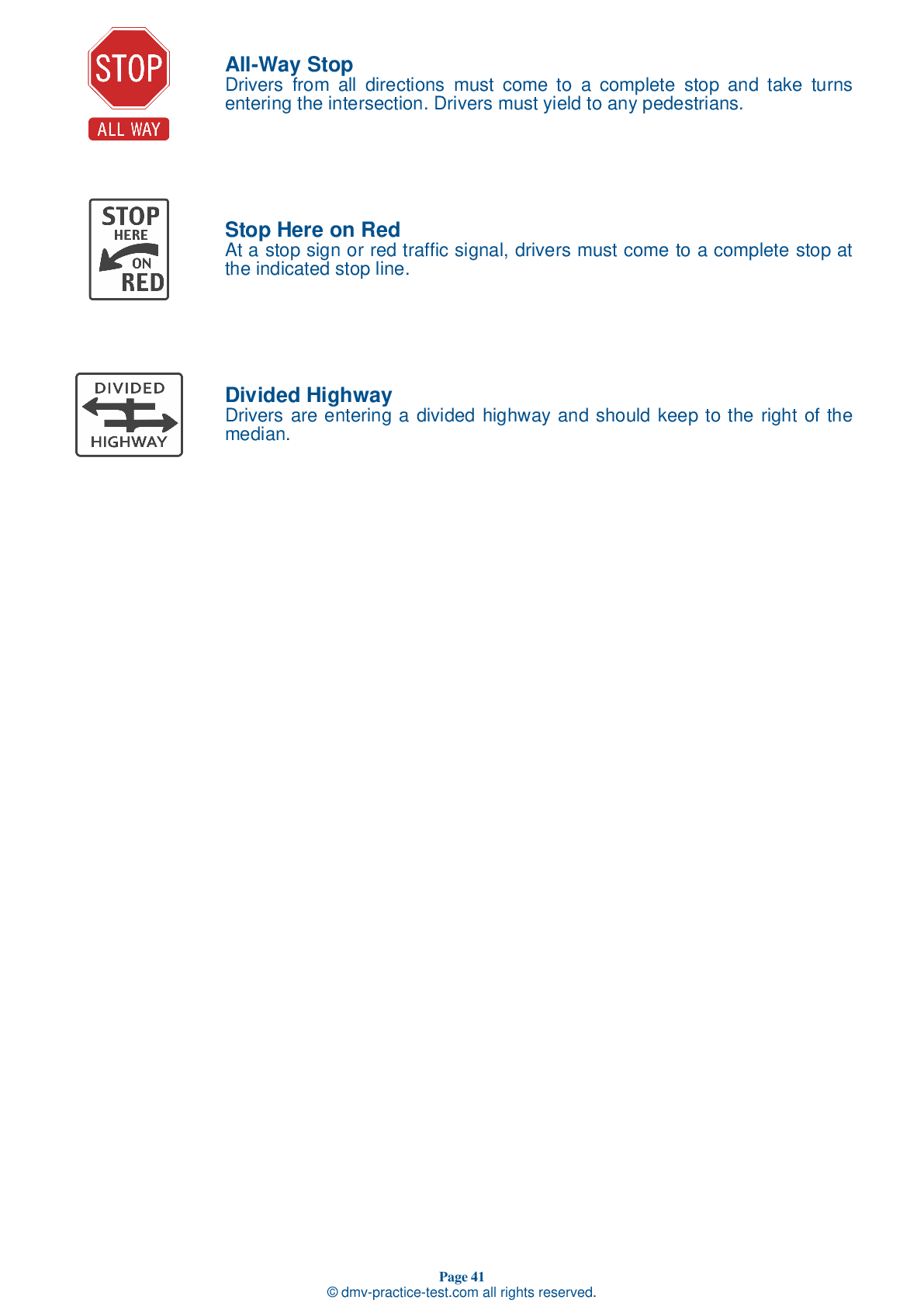Motorcycle Test | License DC 2025 | FREE Online Practice! #1
Take this FREE motorcycle test (license in DC 2025) to check your knowledge of the road rules. To improve your results, download a motorcycle handbook online, study theory, and practice for free on our website. Still worried about how to get a motorcycle license in District Of Columbia in 2025? Check our website for more sample tests, train as much as possible, and boost your grades!
1 . The primary source of information about your motorcycle should come from:
The owner's manual should be your primary source of information about your specific type of motorcycle. Be sure to read the manual before operating your motorcycle for the first time.
2 . The Motorcycle Safety Foundation recommends a SEE strategy to make safe judgments while riding. What does "SEE" stand for?
Experienced riders use a SEE strategy while riding to make safe judgements. "SEE" stands for Search, Evaluate, and Execute.
3 . The sign with this shape and color is a _____________ sign.
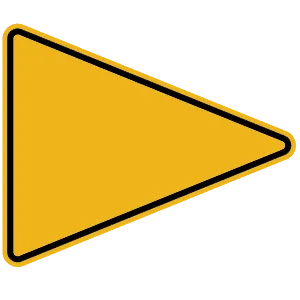
Pennant-shaped warning signs like this are only used to indicate a no passing zone.
4 . When following a car at night, you can see the road more easily by:
When following a car at night, take advantage of the area illuminated by its headlights to help you see as far ahead as possible. Your high beam should not be used when following or meeting a car.
5 . When riding in a staggered formation, the third rider in the group should ride _______ behind the leader.
In a staggered formation, the lead rider should ride on the left side of the lane, with the second rider one second behind on the right side of the lane. The third rider should be on the left side of the lane, two seconds behind the lead rider.
6 . A motorcyclist can discourage other vehicles from lane sharing by:
Any time a driver may be tempted to try to squeeze into your lane next to you, ride in the center portion of the lane to discourage them from doing so.
See the exact questions that will be on the 2025 District Of Columbia DMV exam.
99.2% of people who use the cheat sheet pass the FIRST TIME
Jeneen was tired of paying $5/gallon. She got herself a scooter that required the motorcycle license. She studyed the motorcycle test cheat sheet and passed her test the next day!
Christopher tells us how he knew nothing prior to obtaining the motorcycle study guide, and he only got one question wrong because he clicked on the wrong answer by mistake.
